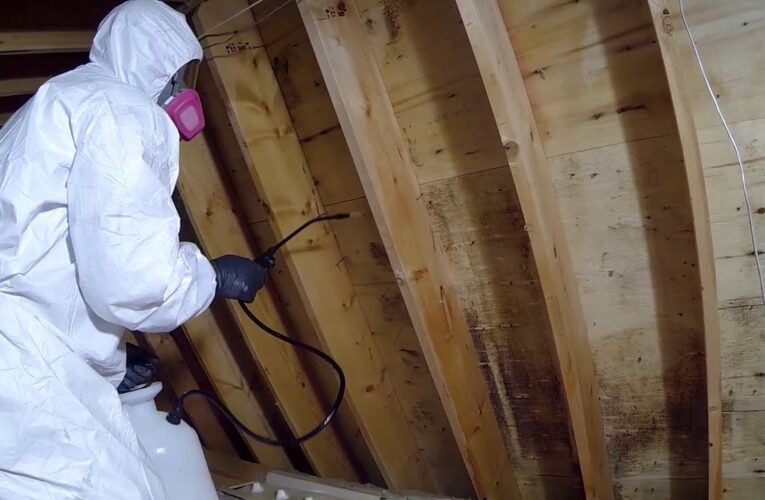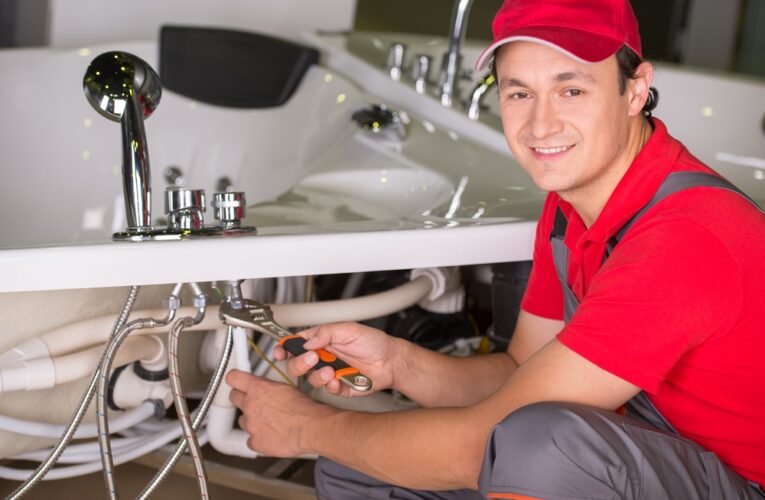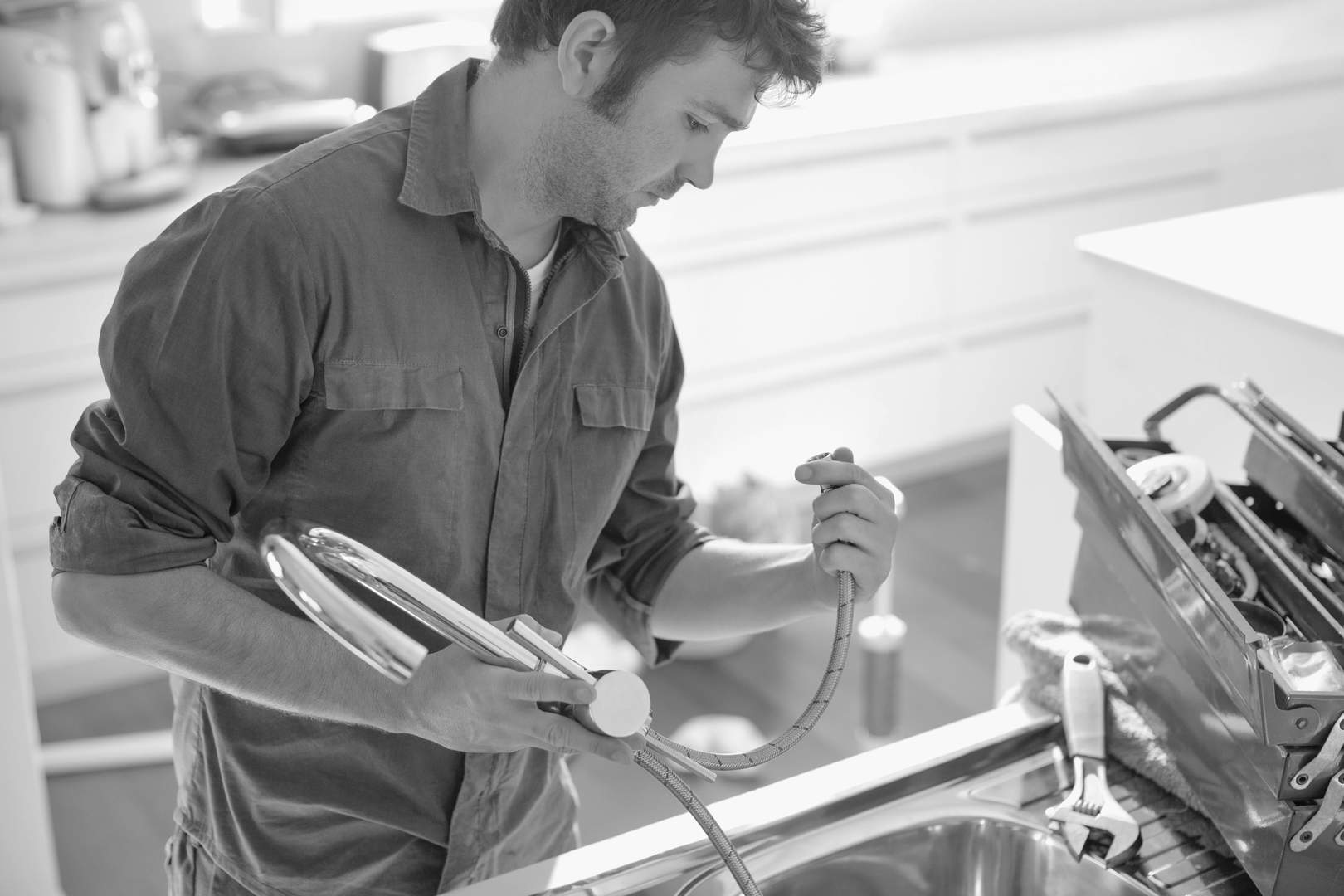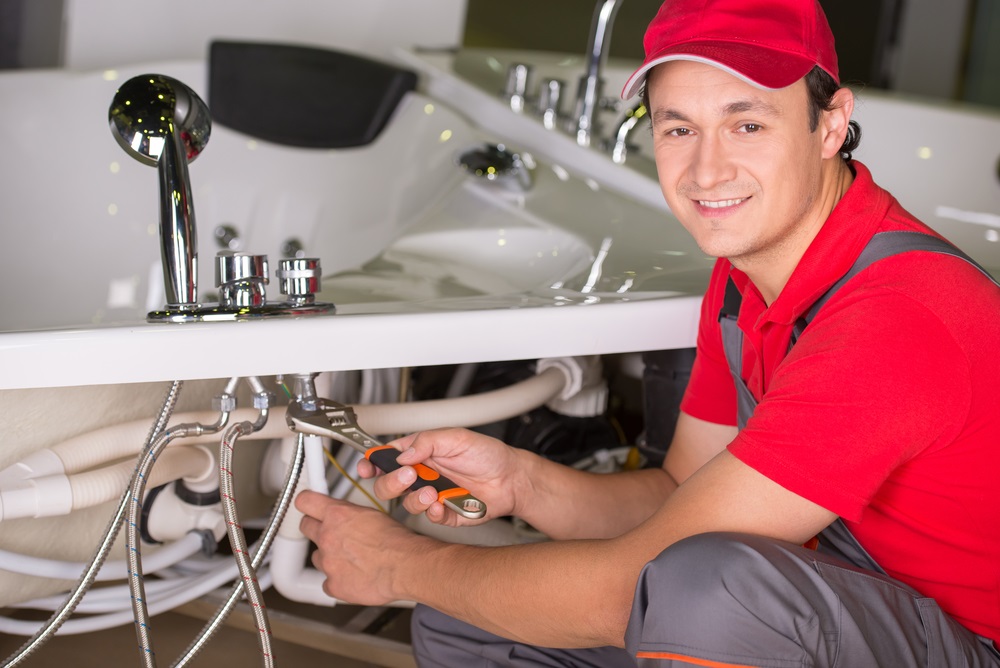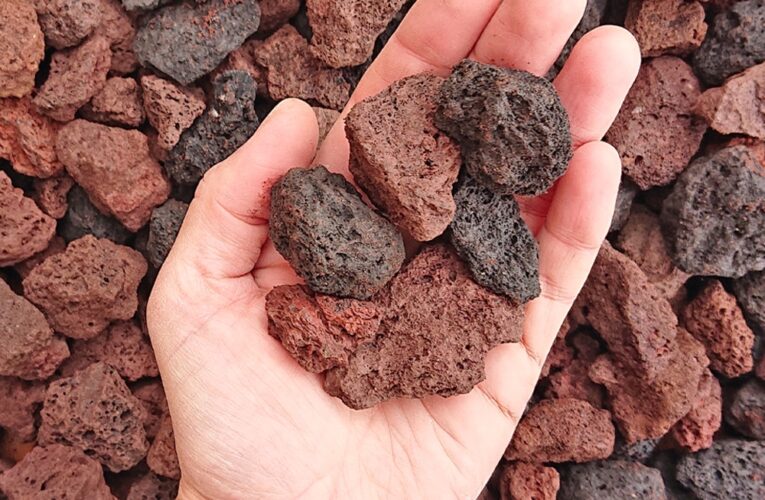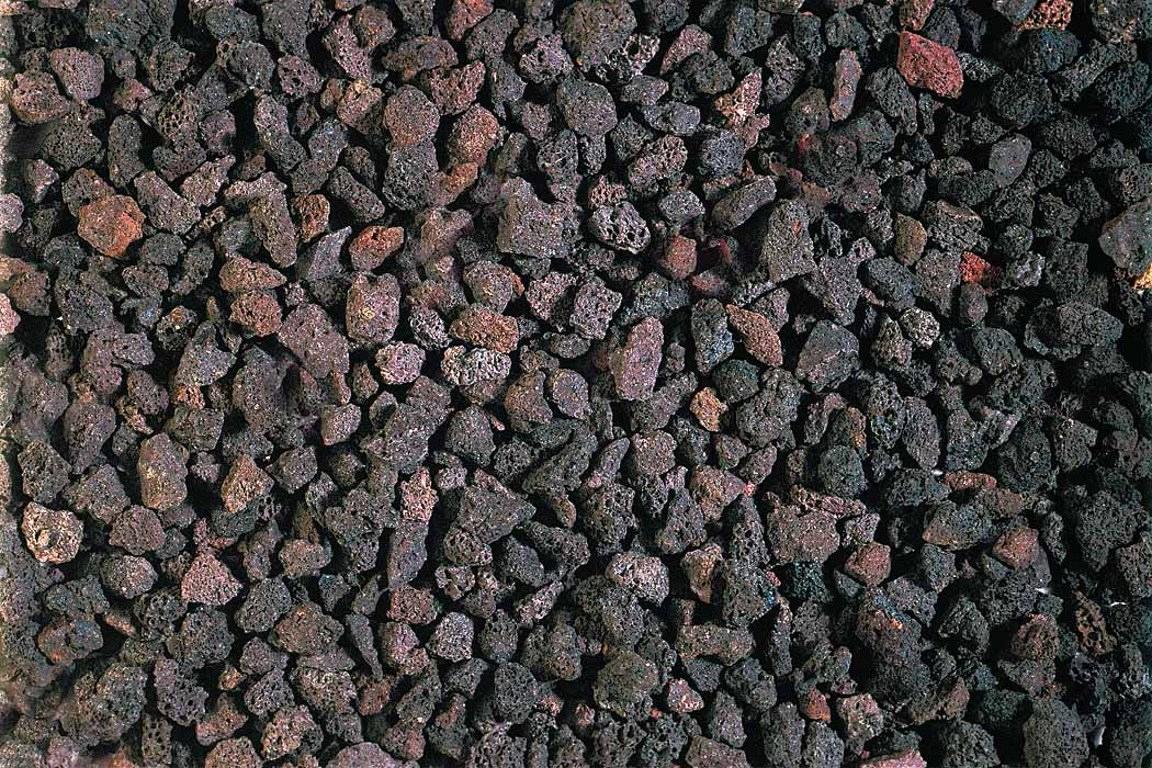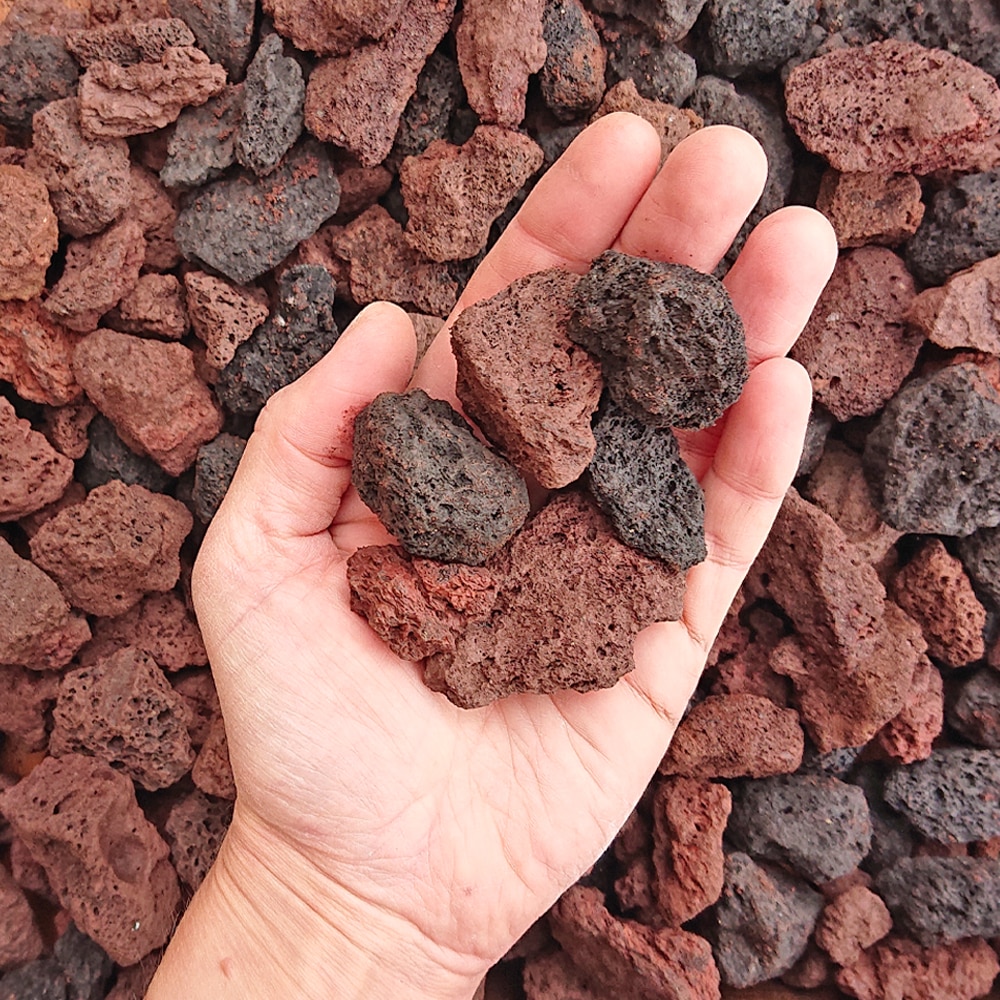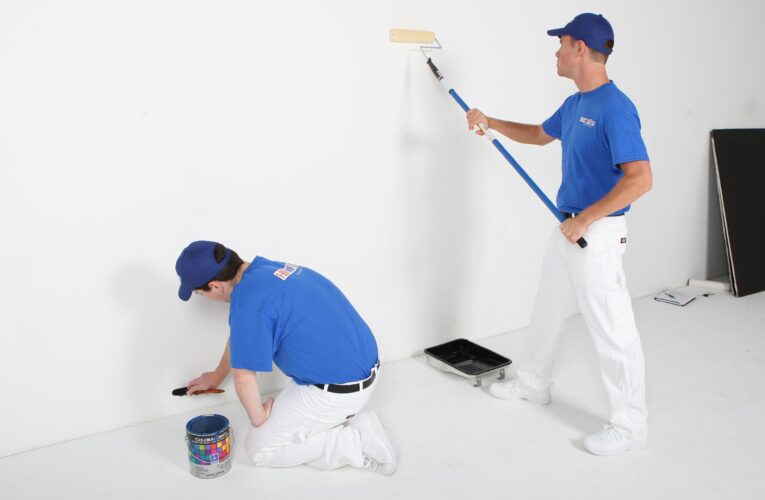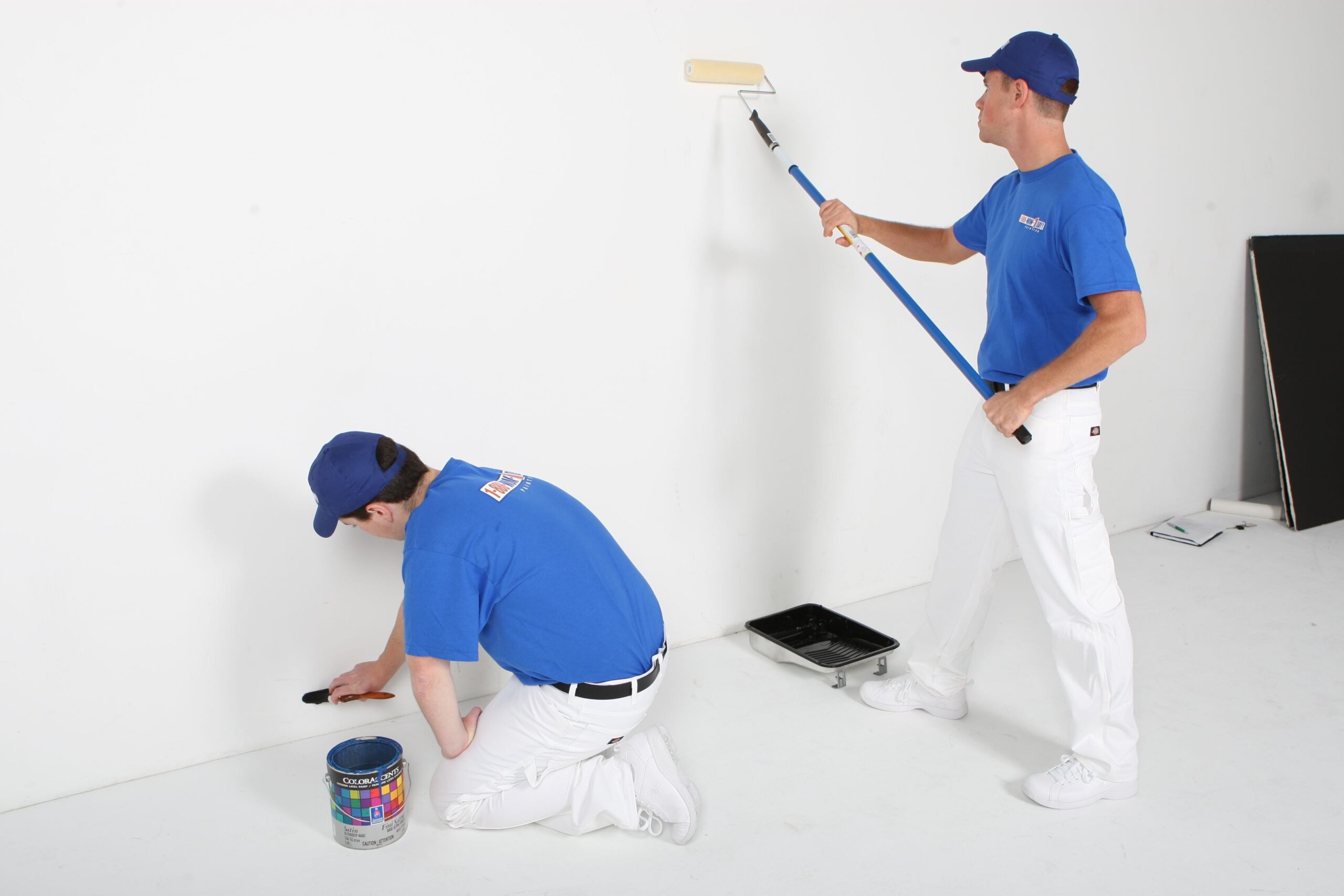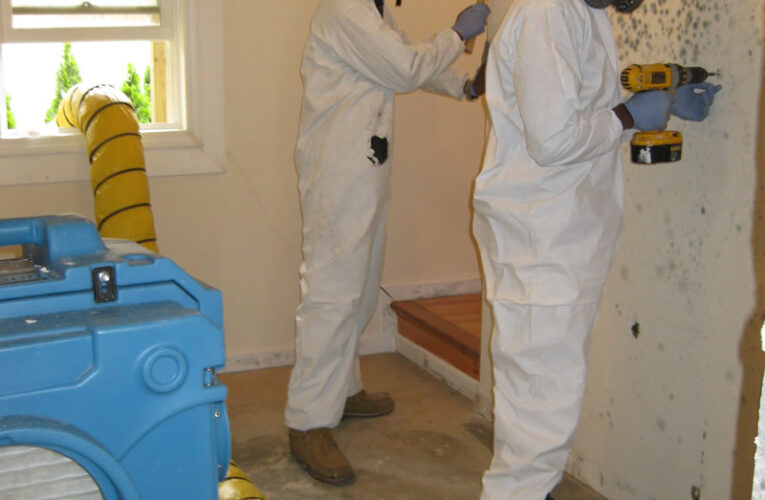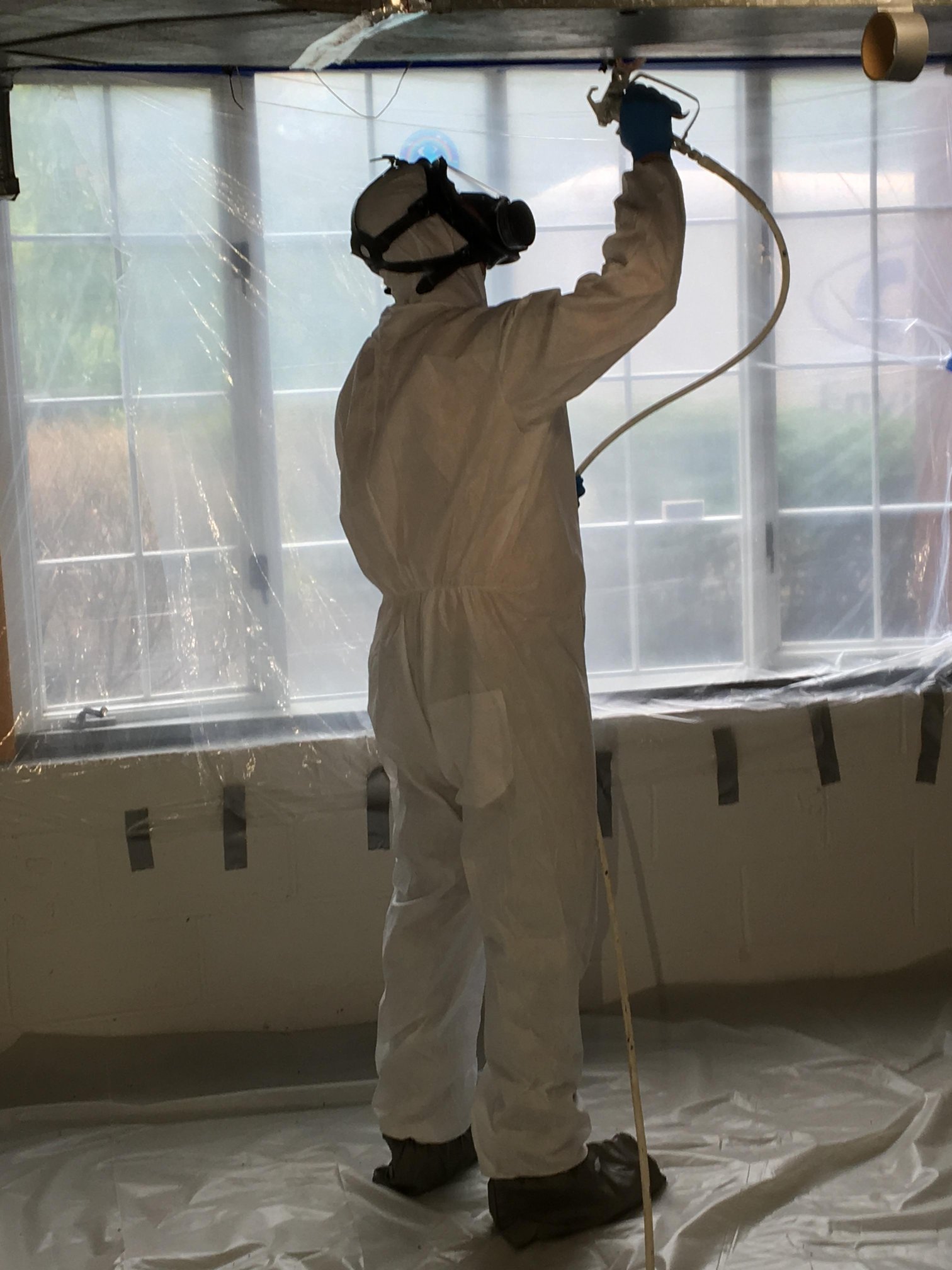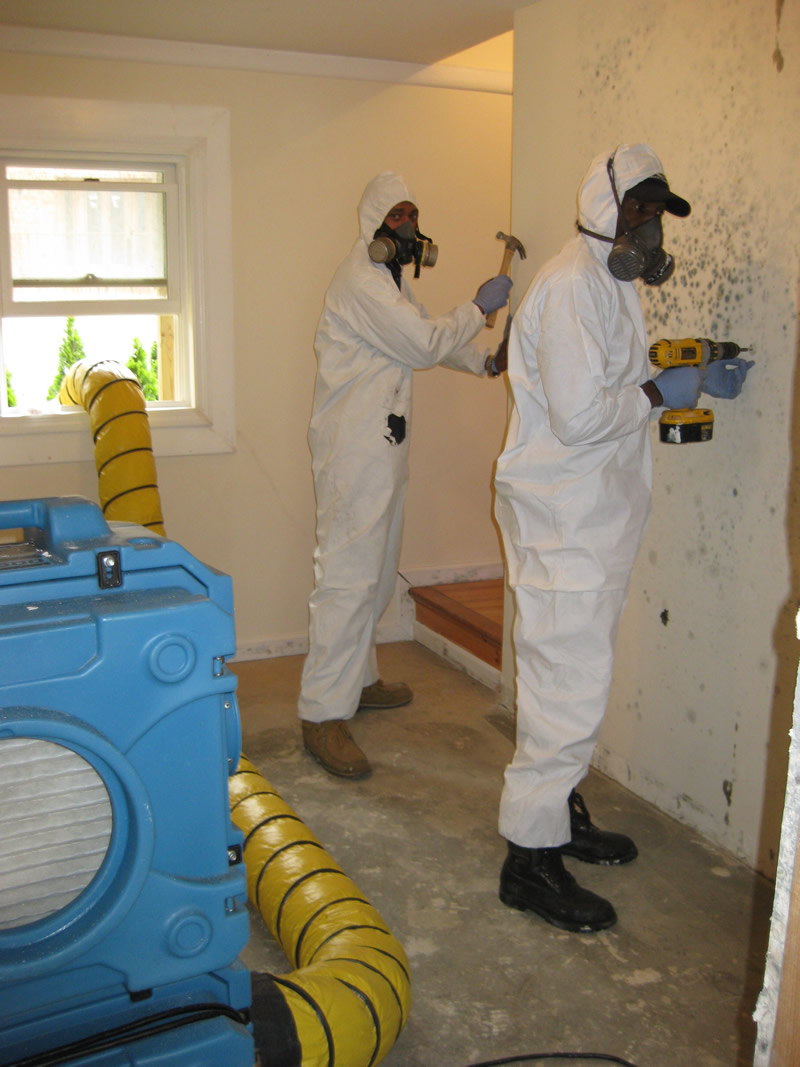Guarding Your Home And Health: The Importance of Professional Mold Removal
In the quiet corners of our homes, mold can silently pose a threat to our health and well-being. Often undetectable to the naked eye, mold spores can proliferate in damp, dark spaces, triggering allergies, respiratory issues, and even more severe health complications. This is why investing in professional mold removal services, starting with thorough mold inspection, is crucial for safeguarding your family’s health.
Understanding the Risks of Mold
Mold is not just unsightly; it can be hazardous. Certain types of mold produce mycotoxins which, when inhaled or touched, can cause allergic reactions, respiratory problems, and in some cases, severe illness. Individuals with existing respiratory conditions such as asthma or allergies are particularly vulnerable to the effects of mold exposure. Furthermore, prolonged exposure to mold can lead to chronic health issues, making early detection and effective removal essential.
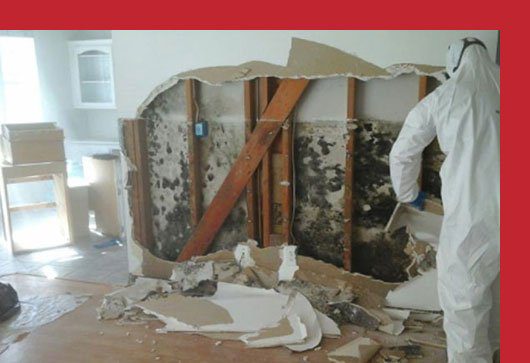
The Importance of Mold Inspection
The first step in addressing mold issues is a comprehensive mold inspection conducted by trained professionals. Mold inspection involves identifying areas where mold is present, assessing the extent of the mold growth, and determining the type of mold present. Professionals use specialized equipment and techniques to detect hidden mold in wall cavities, behind fixtures, and under flooring. This thorough assessment is critical for devising an effective mold removal strategy tailored to your home’s specific needs.
Benefits of Professional Mold Removal
Hiring a certified mold remediation company offers several benefits beyond just removing visible mold. Professionals have the expertise to contain the mold growth, preventing it from spreading to unaffected areas during removal. They also use advanced techniques such as HEPA filtration and specialized cleaning agents to ensure thorough mold eradication. Moreover, professional mold removal services address underlying moisture issues that contribute to mold growth, helping to prevent future infestations.
Protecting Your Family’s Health
By investing in professional mold removal, you invest in your family’s health and well-being. Prompt removal of mold reduces the risk of allergic reactions, respiratory problems, and other health issues associated with mold exposure. Knowing that your home is a safe and healthy environment for your loved ones to thrive in provides peace of mind.
Choosing the Right Mold Removal Service
When selecting a mold removal service, look for certified professionals with experience in mold remediation. Check reviews and ask for references to ensure their reliability and quality of service. A reputable company will provide a detailed plan of action, transparent pricing, and guarantees on their workmanship. Remember, the cost of professional mold removal is an investment in your family’s long-term health and the integrity of your home.

Conclusion
In conclusion, mold can pose significant health risks if left unchecked. Professional mold removal services, starting with a thorough mold inspection, are essential for identifying and eliminating mold growth effectively. By addressing mold issues promptly and comprehensively, you can ensure a safe and healthy home environment for you and your family.


